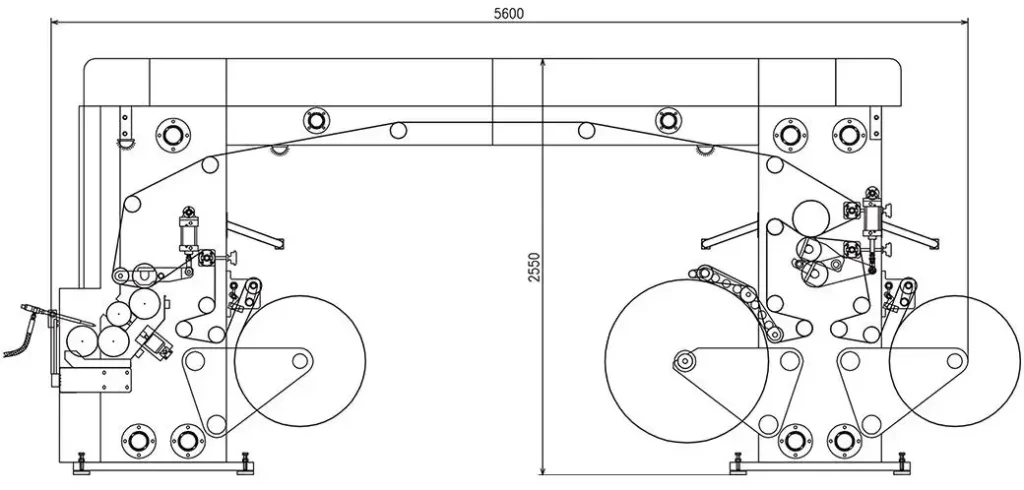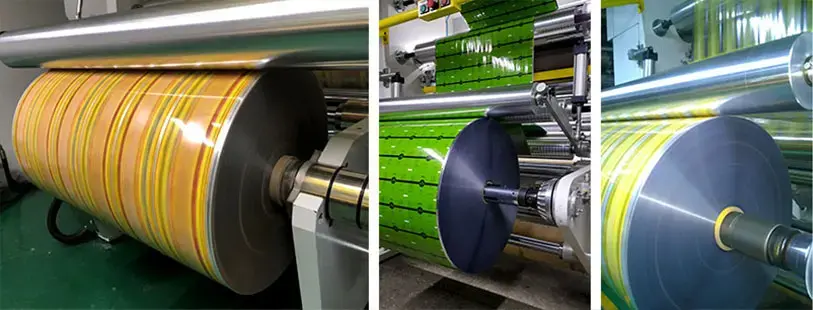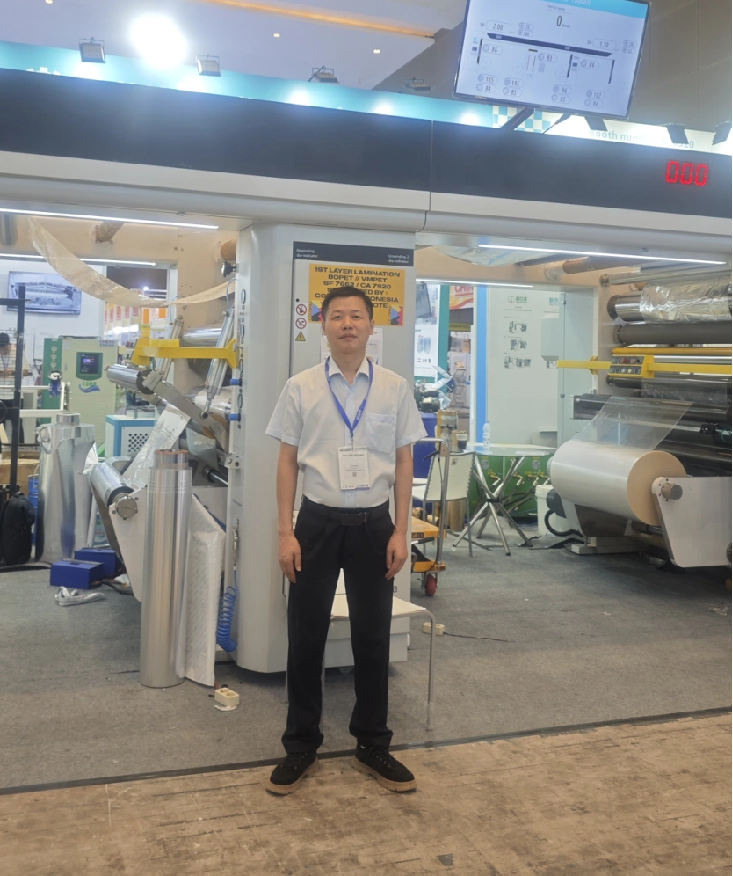The Differences Between Solvent-free Composite And Solvent-based Dry Composite
When the composite packaging film is produced, the composite method can be divided into extrusion composite, dry composite, wet composite, solventless composite. The most used methods are dry composite and solvent-free composite. What are the differences between the two composite methods, and can be used for which type of packaging respectively?
Composite Method And Applications
Solvent-free Composite
The solvent-free composite film is different from dry composites that do not use organic solvents, which not only avoids the environmental pollution caused by organic solvents volatilization, but also does not require dry operating work segments, directly reducing production costs, and eliminating the influence of solvent and high temperature drying on the composite substrate, so that the size of the packaging film is more stable.

Dry composite
Dry composite is a kind of composite method. The adhesive is evenly coated on the substrate film by the roller. After dried, The composite film was synthesized by pressing and sticking on the composite part. The dry composite packaging film has a wide range of applications, with excellent chemical dielectric erosion performance, mostly used in packaging containing alkali, spicy, oil, etc., which is also suitable for cosmetic flavors, emulsifiers, especially for the high-temperature cooking packaging, very advantageous.
Coating Method
Solvent-free Composite
1. Multi-roller transfer coating
2. Thin adhesive layer, uniform thickness
3.The amount of coating is mainly determined by each roller speed, which can be adjusted online.

Dry composite
1.Concave roller coating
2.Thick adhesive layer, with a concave-convex shape, uneven thickness.
3.The amount of coating is mainly determined by the number of concave rolls, and the adjustment is limited only through replacing the convex rolls.
Glue Film And Compound Fastness Formation
Solvent-free Composite
1.low initial adhesion
2. The glue film and composite fastness are basically formed during the process of curing.
3. The glue film formation is mainly a chemical process of two components.
Dry composite
1.Heated through the oven, high initial adhesion.
2. The glue film and composite fastness are mainly formed on the machine, and the curing process only plays an auxiliary role.
3. The glue film formation is mainly a physical process for drying volatile and composite pressure.
Dry And Cooling
Solvent-free composite
1.No need to dry
2.Single component glue needs to cool, double-component glue generally does not need cooling.
Dry composite
1. The necessary step
2. Drying is usually under high temperature, and the drying temperature and cooling temperature of each segment have a large impact on the composite.

Curing
Solvent-free composite
Curing is the key process of solventless composite. Effect of curing temperature and time on two-component adhesive, which will have an influence on composite quality.
Dry composite
Curing usually is the auxiliary process and temperature and time have a certain effect on composite quality.
Summary
These two packaging composite have their own advantages. For choosing which composite method, should refer to the properties, weight of the packaging content. Although there are still many problems to be solved for solvent-free composite, it surely has advantages in health, safety, environmental protection, and cost.systems, easy-to-operate, high safety, high efficiency and long service life.



